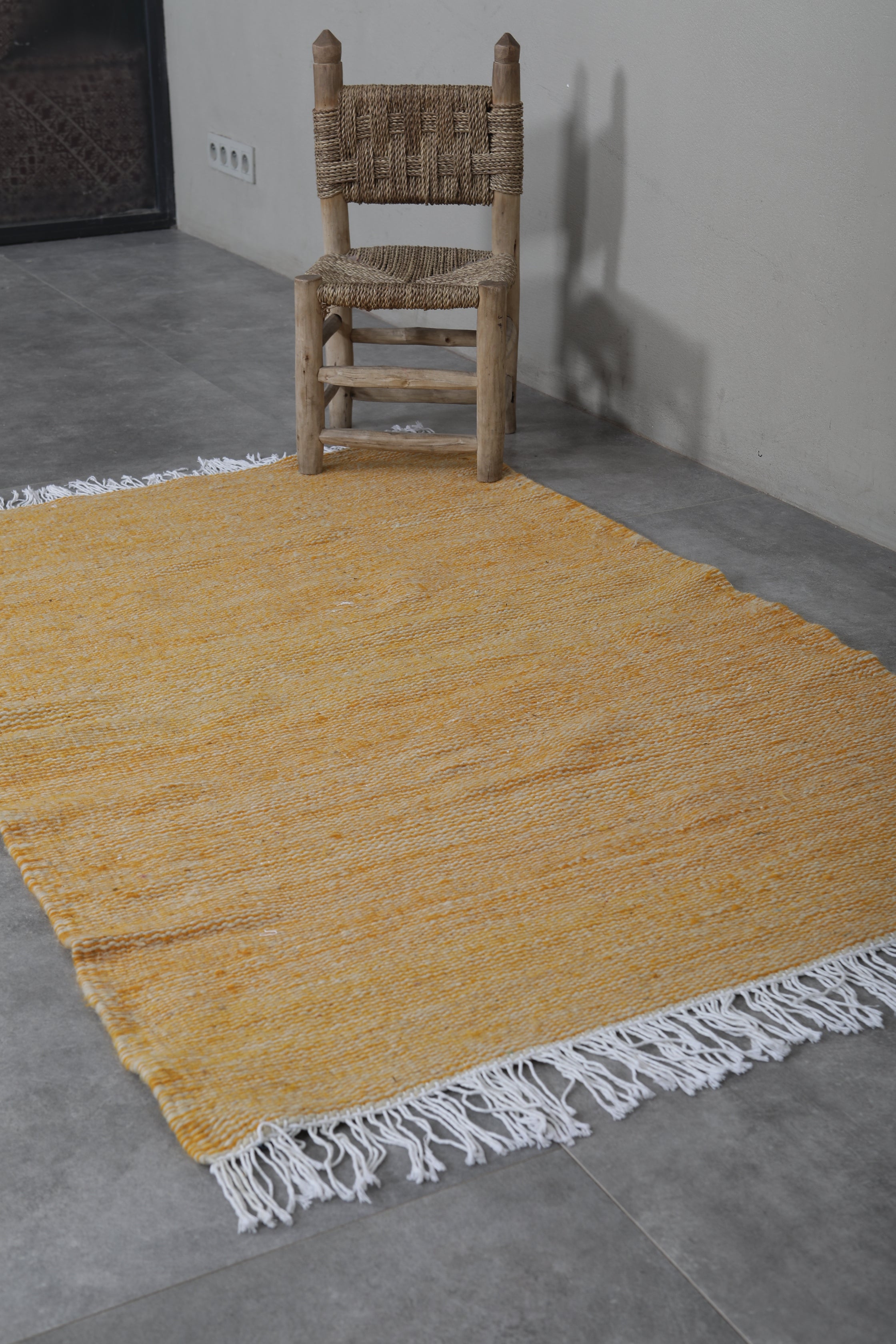The Art of Kilim Weaving: A Timeless Craft
Kilim weaving is a traditional art form that dates lower back centuries and holds a special vicinity in the cultural history of many nations. From Turkey to Iran, and from Morocco to Central Asia, Kilim weaving is a talent that has been passed down from technology to generation. In this article, we are able to explore the intricacies of this historical craft and delve into the wealthy history of Kilim weaving.
What is Kilim Weaving?
Kilim weaving is a way of creating flat-woven textiles without any pile or knotted backing. The technique entails interweaving the warp and weft threads to create tricky patterns and designs. Kilim rugs are recognised for his or her colourful colorings, geometric styles, and sturdy nature.
What makes Kilim weaving unique is the usage of a slit weave method, where the weft threads are pulled tightly to create a gap among the distinct coloration areas. This offers Kilim rugs their wonderful look and sense.
The History of Kilim Weaving
Kilim weaving has a wealthy history that dates returned to historical times. The earliest known examples of Kilim rugs may be traced returned to the 4th century BCE in Persia. These early rugs have been used for diverse functions, which include ground coverings, wall hangings, and saddlebags.
Over the centuries, Kilim weaving spread to extraordinary parts of the world, evolving into wonderful local patterns and designs. Each culture delivered its own unique aptitude to the craft, ensuing in a numerous range of styles and motifs.
The Artistry of Kilim Weaving
Kilim weaving isn't always just a craft; it's far an artwork shape that requires skill, creativity, and persistence. Master weavers spend years honing their craft, studying the techniques and patterns that have been handed down thru generations.
The splendor of Kilim weaving lies in its simplicity and elegance. The tricky patterns and colorful shades create a visual banquet for the eyes, whilst the hand-crafted first-class gives every rug a unique and private contact.
The Importance of Preserving Kilim Weaving
In ultra-modern rapid-paced international, traditional crafts like Kilim weaving are at risk of being lost to modernization. It is essential to keep those historical art forms and help the artisans who hold them alive.
By making an investment in handmade Kilim rugs, you are not most effective acquiring a beautiful piece of art however also assisting a time-honored tradition. Each rug tells a tale and carries with it the history and lifestyle of the folks who created it.
Conclusion
Kilim weaving is more than just a craft; it's miles a testimony to the ingenuity and creativity of the human spirit. By preserving this historical art form, we make certain that destiny generations may be capable of appreciate the splendor and significance of Kilim rugs. So next time you're within the market for a new rug, remember making an investment in a home made Kilim and become part of this timeless culture.













